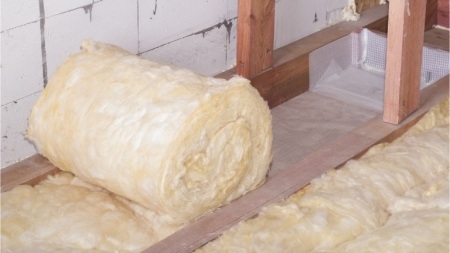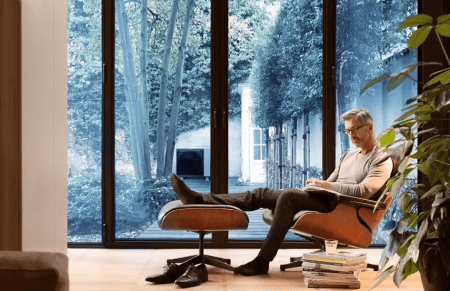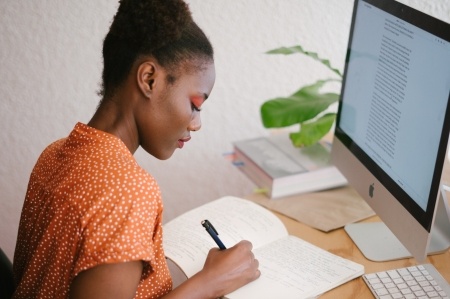
What is COP26 all about? Find out the top six things to know
COP26 opens its doors on Sunday, 31 October 2021, for two weeks. So, what’s it all about, and why is it important? Here’s our 'starter for six’ on COP26 to get you up to speed ahead of the event.
1. What is COP26?
COP stands for Conference of the Parties. Any country that signed the United Nations Framework Convention on Climate Change (UNFCCC) in 1994 will attend (about 200 countries).
This year’s meeting will be the 26th meeting, hence COP26. It’s a crucial event for the future of our planet. The countries gathered will commit to important actions aimed at reversing climate change. Under the UNFCCC framework, every country on planet Earth is bound to do its utmost to avoid dangerous climate change whilst reducing greenhouse gas emissions globally responsibly.
This year, it’s in Glasgow, selected to host based on its sustainability achievements and goals.
2. Why is COP26 important?
It's hugely important as it’s about a united, global response to the climate emergency. You may remember COP25 in 2019, held in Madrid, Spain, where Greta Thunberg castigated global leaders for their efforts so far in tackling the urgent challenges we’re facing as a planet:
"Our leaders are not behaving as if we are in an emergency. In an emergency, you change your behaviour. If there is a child standing in the middle of the road and cars are coming at full speed, you don't look away because it feels uncomfortable. You immediately run out and rescue that child.”
As Thunberg’s analogy demonstrates, there’s a high expectation for COP26 to deliver tangible, far-reaching and immediate action to save the planet.
3. What’s the link between COP26 and the Paris Agreement on climate change?
COP21 took place in Paris in 2015. This was a significant summit as, for the first time, each country that attended agreed to work collaboratively to bring down global warming to well below 2 degrees to 1.5 degrees. They all signed a treaty called the Paris Agreement, and the goals are legally binding and enshrined in the treaty. Donald Trump famously pulled the US out of the Agreement during his time as president, but Joe Biden rejoined as soon as he took over.
Under the Paris Agreement, countries committed to accelerate their plans for how much they would reduce their emissions – known as Nationally Determined Contributions, or ‘NDCs’.
They agreed that every five years, they would come back with an updated plan reflecting their highest possible ambition at that time. It’s now five years since the Paris Agreement, so countries will be expected to demonstrate what they’ve done to meet the Paris Agreement commitments.
Those five years were up on 31 December 2020, but the pandemic prevented many countries from coming forward.
4. What's on the COP26 agenda?
There are four main goals for the countries to agree and act on:
1. Secure global Net Zero by 2050 and achieve 1.5 Degrees
In 2018, a special report by the Intergovernmental Panel on Climate Change (IPCC) highlighted the importance of limiting global average temperature increase to 1.5C rather than 2C. They warned that the world was already 1C warmer than pre-industrial times and that an increase to 2C would exacerbate extreme weather events such as floods, drought and extreme heat, as well as damage communities, bringing poverty to millions of people worldwide. However, they did say that if the world can become carbon-neutral by around 2050 or before, we’d have a fighting chance of meeting this target.
Countries will be asked to present 2030 emissions reduction targets (NDCs) that contribute to reaching Net Zero by 2050. To achieve this, countries will need to ditch fossil fuels (coal and gas), encourage investment in renewables, limit deforestation and accelerate the transition to zero-carbon transport.
2. Adapt to protect communities and natural habitats
The climate is already changing, and it will continue to change even as we reduce emissions, with devastating effects. Countries must take action to avoid, minimise and address the loss and damage that is already occurring from climate change. This will involve restoring ecosystems, building defences, putting warning systems in place and making local infrastructure and agriculture more resilient to avoid extreme poverty and loss of homes, livelihoods and lives.
3. Mobilise finance
This is about countries investing and financing climate recovery. Developing countries have promised to raise at least $100bn in climate finance annually. To hit our climate target, we need investment, funding, infrastructure and a more climate-resilient economy, as well as funding for technology, innovation and jobs in ‘green’ businesses and communities.
4. Work together
These goals are only possible if countries collaborate. At COP26, all 200 countries will revisit and finalise the Paris Rulebook (the rules needed to implement the Paris Agreement and agree on how to deliver our climate goals faster).
Are we on track? According to the UN, we’re “way off-track” to deliver the aims of the Paris Agreement. Data suggests that greenhouse gas emissions increased globally in 2019, and carbon emissions from fossil fuels grew by more than 0.5%. In December 2020, the UK Government set a target to achieve Net Zero carbon emissions by 2050. We have made progress in recent months to bring the temperature curve closer to 2 degrees, but the science shows that much more must be done to keep 1.5 degrees within reach.
So, this year’s pledges are crucial, possibly our last hope for the planet's future.
5. What does COP26 mean for me?
It means we all must change our behaviour for the better and cut our carbon footprint for good. Every choice we make - the food we eat, the products we buy, the tech we use, the way we travel, heat our homes, even go on holiday - impacts our carbon footprint. We must be mindful of our lifestyle choices and their impact on the planet.
The good news is that you can start small with quick wins, all of which add up to big changes for the planet. Here are our tips for how you can ‘think COP’, starting today:
What is EDF doing about COP26?
We've made it our company purpose to help Britain achieve Net Zero. Everything we do is aimed at reducing UK carbon emissions for good. With EDF, you can:
- Choose low carbon tariffs: all our fixed home electricity tariffs are backed by zero carbon electricity(1) as standard.
- Drive electric: we have EVerything you need to drive electric! Check out our car, tariff and charger packages, designed to fit around your lifestyle.
- Lower your carbon from heat: there are many ways to keep in the heat and cut your carbon footprint. From insulation and boiler care to air source heat pumps, we can help you save energy and money.
Watch this space for more COP26 coverage.
Learn more about everything we’re doing to help Britain Achieve Net Zero.
Related articles

ECO+ scheme to help more customers insulate their homes in 2023

What you need to know about the planned RTS meter shutdown
